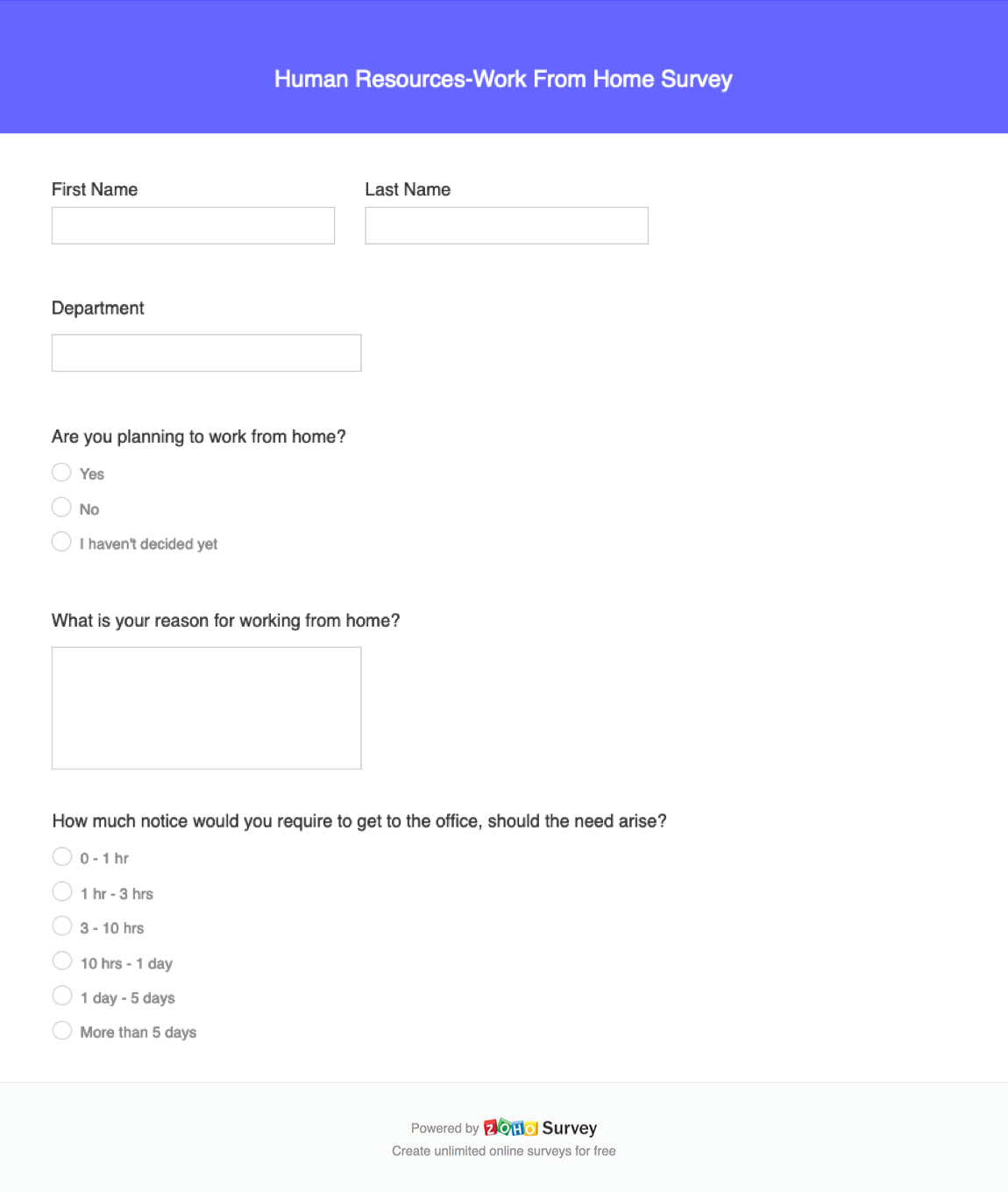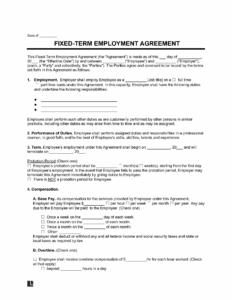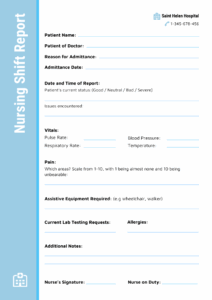The landscape of work has undergone a seismic shift in recent years, with remote and hybrid models becoming not just a temporary solution but a permanent fixture for many organizations. While the flexibility and autonomy of working from home offer undeniable benefits, it also introduces unique challenges for both employees and employers. Understanding the nuances of this new environment is crucial for fostering a productive, healthy, and engaged workforce, ensuring that the benefits truly outweigh any potential drawbacks.

To effectively navigate this shift, companies need a robust mechanism to gather honest feedback from their remote teams. This is where a well-designed work from home survey template becomes an invaluable tool. It allows you to systematically collect insights into employee experiences, identify pain points, and celebrate successes, ultimately helping you refine your remote work policies and support your team more effectively. It’s about listening to the heartbeat of your distributed workforce.
Crafting an Effective Work From Home Survey Template
Designing a survey that truly captures the remote work experience requires careful consideration. It’s not just about asking if someone is happy; it’s about delving into the specifics of their daily challenges, their triumphs, and what they need to thrive. These surveys are crucial for understanding everything from technological hurdles to maintaining a healthy work-life balance, and even preserving company culture in a dispersed setting. Without this regular feedback, organizations might be operating in the dark, making assumptions that don’t align with the reality on the ground for their employees.
A good template should be comprehensive enough to cover all critical aspects of remote work, while also being concise enough to encourage high participation rates. Think about the various dimensions of remote work and how they impact your employees. This includes their physical setup, their mental well-being, their ability to connect with colleagues, and their perception of management support.
Key Elements to Include
When developing your work from home survey template, consider including questions that touch upon the following essential areas. These categories ensure a holistic view of the remote employee experience, providing actionable data rather than just superficial observations.
- Technology and Equipment: Are employees equipped with the necessary tools, reliable internet, and comfortable workspaces? Do they face any technical issues that hinder their productivity?
- Work-Life Balance and Well-being: How well are employees managing to separate work from personal life? Are they experiencing burnout or feeling supported in maintaining their mental and physical health?
- Communication and Collaboration: How effective is internal communication? Do employees feel connected to their teams and the broader organization? Are collaborative tools working as intended?
- Productivity and Performance: Do employees feel productive in their remote setup? What obstacles, if any, impede their work flow?
- Managerial Support: Do managers provide clear expectations, regular feedback, and necessary support for remote employees? Do employees feel trusted and empowered?
- Company Culture and Connection: Do remote employees still feel a part of the company culture? Are there opportunities for social interaction and team building?
By addressing these points, your survey moves beyond simple yes/no answers and begins to paint a detailed picture of the remote employee journey. This level of detail is vital for identifying specific areas for improvement, whether it’s investing in better VPN services or introducing new well-being initiatives.
Implementing Your Work From Home Survey Template and Analyzing Results
Once you’ve meticulously crafted your work from home survey template, the next crucial step is its successful implementation and, more importantly, the thoughtful analysis of the data collected. Simply sending out a survey isn’t enough; the real value comes from what you do with the responses. The way you deploy the survey can significantly impact response rates and the quality of feedback you receive. Ensuring anonymity, clearly stating the purpose of the survey, and communicating how the feedback will be used are all vital for building trust and encouraging honest input.
Choosing the right platform for distribution is also key. Whether it’s an internal HR tool or a dedicated survey platform, make sure it’s user-friendly and allows for anonymous submissions. Clearly communicate the survey’s purpose: explain that the feedback is genuinely valued and will directly contribute to improving the remote work experience for everyone. A short, honest message from leadership can often encourage participation far more than repeated reminders.
After the responses start rolling in, the real work of analysis begins. Don’t just skim through the data; look for patterns, common themes, and outliers. Quantitative data (like ratings or multiple-choice answers) can quickly highlight areas of general satisfaction or concern. For instance, if a significant number of employees rate their internet connectivity as poor, that’s a clear signal for action.
However, the qualitative feedback from open-ended questions is often where the richest insights lie. These comments can provide context to numerical data and uncover issues or ideas you might not have considered. Look for recurring words or phrases, common complaints, or innovative suggestions. The goal is not just to see the data, but to understand the stories behind it and identify actionable steps that can be taken to address the findings.
The insights gleaned from a carefully deployed and analyzed survey are invaluable for shaping your future remote work strategy. It’s an ongoing process of listening, learning, and adapting. By regularly gathering feedback and acting upon it, companies can cultivate a remote work environment that truly supports their employees, fostering high levels of engagement, productivity, and overall satisfaction. This commitment to continuous improvement helps build a resilient and adaptable workforce, ready to meet the demands of an evolving professional landscape.



